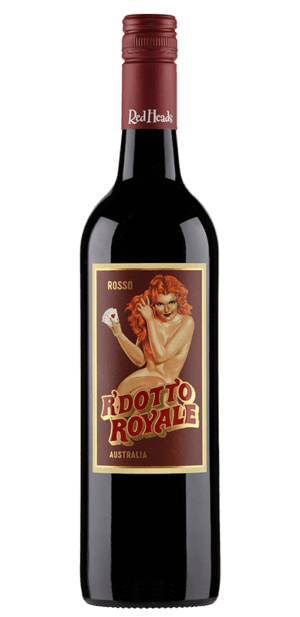Grape Varieties
Sangiovese
Sangiovese is a purple-skinned grape variety which creates ruby-red wines bursting with ripe fruit flavours of cherry, raspberry and pomegranate. Although primarily grown in Italy, Sangiovese adapts perfectly to warmer climate regions, including here in Australia, where we curate it into some of our wonderfully blended RedHeads wines.
Where is Sangiovese grown?
First planted in Australia in the early 1970s, the main regions growing Sangiovese grapes today include:
- Barossa Valley
- McLaren Vale
- Clare Valley
It is also cultivated in other major wine regions, notably Argentina, USA and France.
Sangiovese wine style and character
Sangiovese is a versatile grape that produces medium to full-bodied wines high in acidity and tannins.
Wine style and character can depend on growing temperatures. Sangiovese grapes grown in cooler climates produce wines with sour cherry, liquorice and orange peel notes. Warmer climates often produce grapes that create fuller-bodied wines with darker flavours of plums, cherries and herbs.
Winemakers sometimes use the versatile grape to make a succulent, fruity, refreshing Sangiovese rosè.
Our best Sangiovese wines
Tasting notes
Wines made using Sangiovese grapes typically beam with ripe fruit flavours, such as raspberry, morello cherry and pomegranate. A lingering dash of spice may also tickle the tastebuds. You may also detect the aromas of figs with hints of roasted tomatoes.
Food pairings
Sangiovese wines pair well with Italian food due to the typically dry nature and herby aromas of the wines. Anything pasta or pizza calls for a glass of Sangiovese wine – from spaghetti bolognese to a grilled vegetable pizza or sage gnocchi.
Sangiovese wines’ tangy acidity also means the wines suit any dishes that feature bold tomato flavours.
How to serve
There’s no need for a fancy wine glass when serving Sangiovese wines; a standard wine glass fits the job. The ideal temperature for serving Sangiovese red wines is between 15-18°C – around room temperature, so don’t be tempted to keep it in the fridge. Instead, let it come to room temperature before serving.





